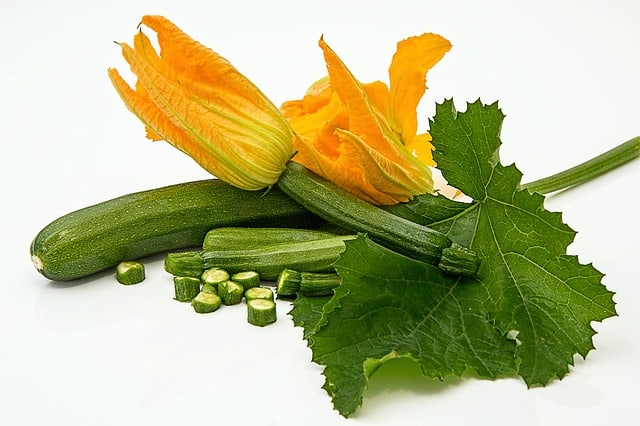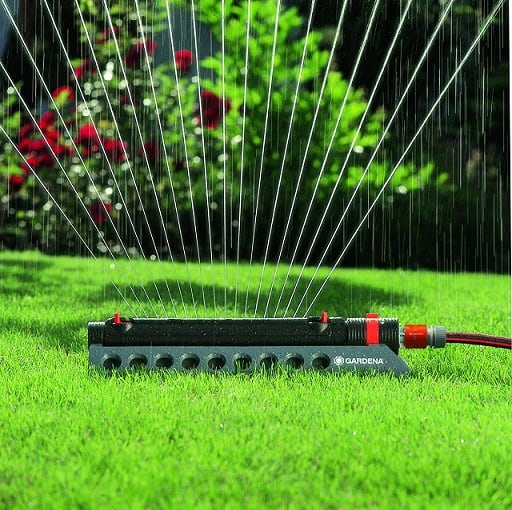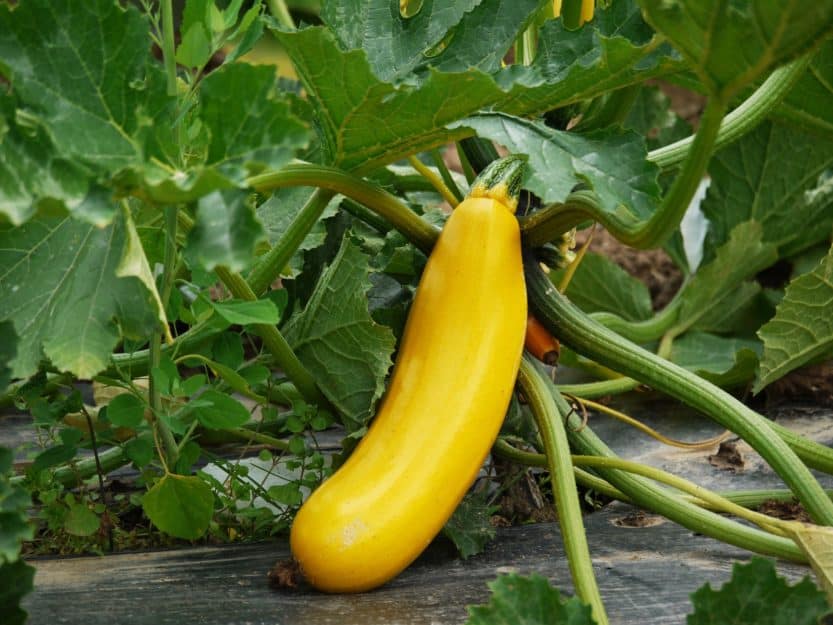Adding squash to your garden provides you with a fast-growing, highly-productive crop with minimal effort. Squash is a very good source of copper, manganese, and magnesium; and is a good source of vitamin B1 and zinc. Squash can be used to make casseroles, but they can also be eaten fresh; and cooked in soups or a whole host of dishes.
Buy Squash Seeds Online
| Image | Name | Rating | Shop |
|---|---|---|---|
 | Seed Needs Collection 4 Individual Summer Squash Seed Packets | ||
 | David’s Garden Seeds Squash Winter Waltham Butternut |
Types of Squash to Grow
When choosing a variety, be aware that squash plants are very prolific, so be sure to pick a type you enjoy eating regularly. You can choose a yellow summer squash, with a soft tender skin and mild white flesh; or you can grow a zucchini, which has a slightly harder green skin with a more flavorful flesh.
When Do You Plant Squash?
Squash do not tolerate cold conditions well, so be sure to wait until your soil temperature is a least 65 degrees Fahrenheit (18.3 C) before planting. It’s best to wait until two weeks after your last frost before you add your squash seeds to your garden.
Squash plants do not transplant well, so you should avoid starting the seeds indoors. In most cases, even in climates with short growing seasons, squash plants will grow fast enough to yield an abundant crop, without a head start.
Planting Squash

Find a location in your garden that gets full sun all day, especially in the early spring. Squash need a fairly-fertile soil, in order to produce a bumper crop.
Squash Soil Requirements

You can prepare your soil (Buy Online) two weeks prior to planting your seeds, by adding compost and fertilizer. Mix the compost and fertilizer evenly throughout the first 4 to 6 inches (10 to 15 cm) of soil. The soil should have a pH of 6.0 to 6.5; and for the most part, squash does well in most soils.
Summer Squash Plant Spacing
Once your soil is ready and the weather is right, it’s time to plant the seeds. Squash seeds should be planted 1 inch (2.5 cm) deep and have a final spacing of 19.5 inches (47.8 cm). In order to counter sporadic germination, you can plant your seeds 9.75 inches (24 cm) apart and thin any excess plants, once they have all germinated.
Squash Weed Control
Once the seeds have been planted, gently water the seeds every day for about a week, until you see the plants emerge. Be sure to keep any weeds under control, while the seedlings are getting established. You can carefully pull the weeds by hand that may be growing too close to the plants, and you should only use a hoe to cultivate the soil further away from the seedlings.
Another good weed control method that works well, especially with the larger, inter-plant spacing, is to use a mulch. This will have two benefits, as it will reduce weeds and help retain moisture.
Squash Care & Harvest

How Often to Water Squash?

Squash plants require 1 inch (2.5 cm) of water every week, once they are fully established. You should fertilize every 2 weeks with a fast-acting liquid fertilizer. If you added fertilizer when you prepared the soil, you can wait until the plants begin to flower before adding more fertilizer.
Squash Leaves Yellowing
If at any time you see yellowing of leaves or any other signs of nutrient deficiency, then immediately fertilize the affected plants. Be careful not to over-fertilize the plants; because this will lead to lush foliage growth, but reduced fruit yields.
Squash Pests and Diseases

While your squash plants are growing, be sure to keep an eye out for any insect infestations, such as aphids, spider mites, and beetles. If any signs of infestation occur, then quickly remove the offending insects, or apply and organic pesticide (Buy Online).
Squash Powdery Mildew
Another issue that most people growing squash will eventually encounter is powdery mildew. This disease will most likely appear late in the season when the weather gets cool and moist. For the most part, powdery mildew only reduces the tail end of your harvest.
Powdery Mildew Control
If you live in a climate that is prone to powdery mildew throughout the season, you will need to take extra precautions. Make sure your plants have adequate airflow and the foliage is kept as dry as possible, by watering in the morning and not the evening, as this practice should help limit any mildew problems.
When is Squash Ready to Pick?
Once your squash plants have started to set fruit, the first harvest should not be far off. Depending on the variety, you should gauge when your squash is ready to be picked based on size and color. Wait until the squash are 6 to 8 inches (15.25 to 20 cm) long before picking them. Properly harvested squash should have no seeds, or at least the seeds should be very immature.
Harvesting Summer Squash
Squash should not be allowed to become too large, or they will be less tender and will start producing seeds. Once your plants begin to reach their full stride, you will most likely be harvesting fresh squash every 3 days.
Storing Summer Squash for Winter
Summer squash does not keep very long, so it’s best to consume them soon after harvest. Squash will keep in the refrigerator for a few days, or you can slice the squash and store them in the freezer for a year or more.






